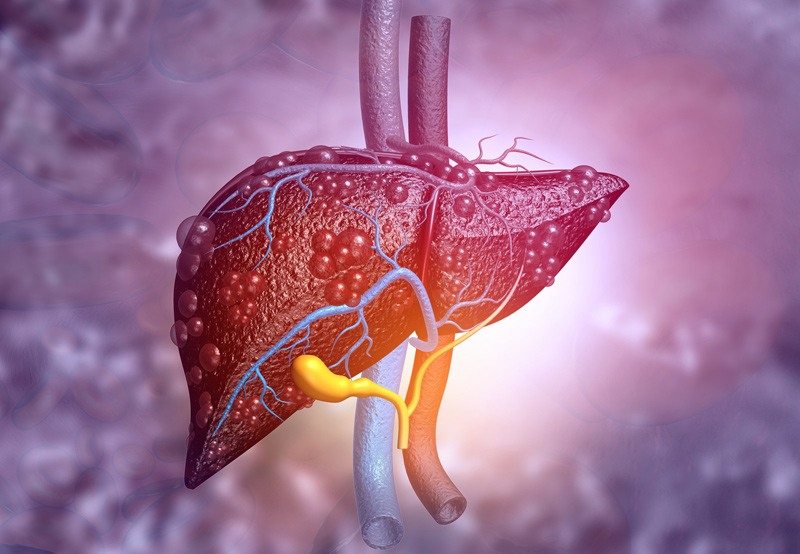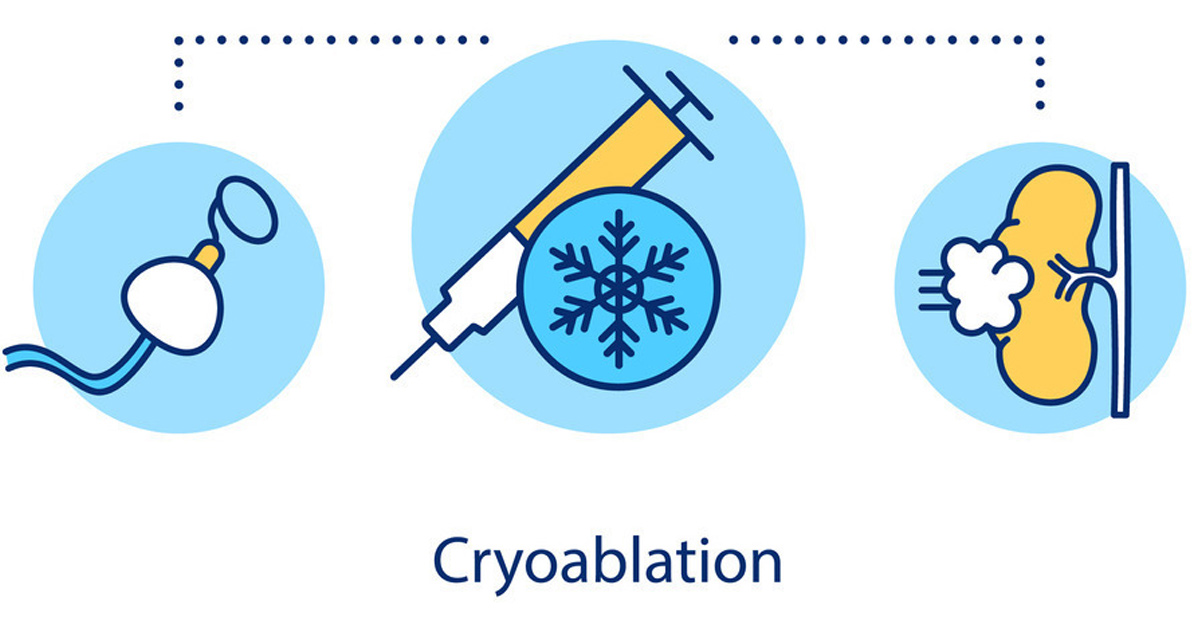

Cryoablation, also called cryotherapy or cryosurgery, is a medical procedure that applies extremely cold gas to freeze and destroy abnormal cells or damaged tissue.
Forms of Cryoablation
Cryoablation can be used topically (or on the surface of the skin), percutaneously (or inside the body through a small puncture), or surgically through a larger, open incision.

Application of Cryotherapy
Cryoablation is a treatment for cancer patients who don’t qualify for surgery. It may be a primary treatment for cancer of the bone, cervix, eye, kidney, liver, lung, and prostate.
Benefits of Cryotherapy
Compared to open surgery that involves cutting out diseased tissue, cryotherapy offers the following benefits:
- Fewer side effects
- Less scarring
- Easier recovery
- Less expensive
- Less damaging to surrounding tissue
- Safer
- Lower risk of infection
How to Prepare For Cryotherapy
Depending on the type of cryotherapy being performed, patients may need to:
- Arrange for a friend or family member to drive them home after the procedure
- Stop taking medications like aspirin, blood thinners, and NSAIDs
- Begin taking certain medications to prevent pain or infection
- Tell their physician if they have any allergies or other health conditions
What to Expect During Cryoablation
Topical cryoablation can be done in a physician’s office without the need for pain medication or a hospital gown.
Patients undergoing percutaneous or surgical cryoablation will need to wear a hospital gown during the procedure and receive anesthesia to prevent pain in the treatment area. Staff will begin by shaving or sterilizing the treatment area and connecting the patient to machines that will monitor heart rate, oxygen level, blood pressure, and pulse.
The surgeon will then use a needle-like, hollow applicator called a cryoprobe to deliver liquid nitrogen, compressed argon gas, and liquid nitrous oxide. Imaging technology will help the surgeon locate the correct area and apply the cryoprobe for a few seconds or minutes to the diseased or abnormal tissue.
Once the tissue has been treated, the surgeon will remove the cryoprobe and close the incision. The entire procedure can take a few minutes for minor skin problems or a few hours for open surgery.
The Recovery Process
Patients are typically able to go home after the procedure. However, if the procedure required a large incision or treated a deep tumor, the patient may need to stay overnight. The patient’s body will naturally remove the dead cells.
Percutaneous cryotherapy has a one to three-day recovery time, whereas surgical cryoablation may take up to seven to 10 days. Patients should avoid lifting heavy objects for 72 hours and restrict normal activities until they’ve recovered.
Potential Risks or Complications
Patients who undergo percutaneous or surgical cryotherapy may experience infection from an incision or puncture, bleeding, damage to surrounding structures, nerve damage that leads to weakness or numbness, fluid collection in surrounding areas, and complications from anesthesia.
